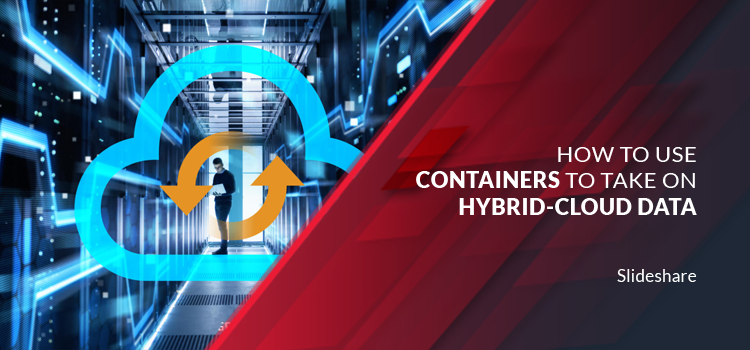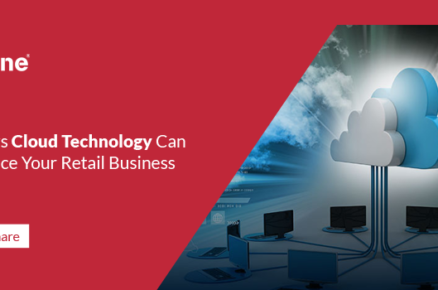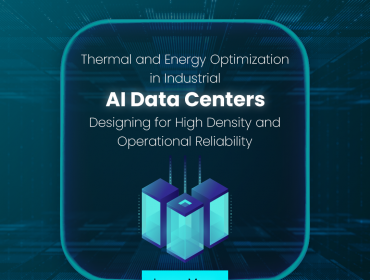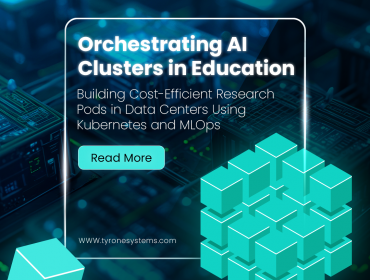As laws and regulations change, management philosophies shift, and technology continues its advance, how do you hedge today’s on-premises data storage? In most cases, the answer is a form of container-based architecture. Whether you use Docker, Mesos, Kubernetes, or even a virtualization-based approach, the benefits apply.
Containers often equate to agility, but they also increase portability. By building out services and data stores within containers, you can more easily move them all—or some of them at a time as part of your migration strategy—to the public cloud.
Containers also provide flexibility in terms of maintaining a similar architecture across all your on-premises and cloud applications, but with the ability to customize rollouts in geographical regions.
So, for instance, you can embed an SQL-based relational database within a Docker container, using Kubernetes or some other management feature to associate storage in a decoupled manner. The container can be easily deployed to production almost instantaneously, bringing with it the proven database schema and tested code.
Enhanced portability of workloads: Containers give developers the ability to create smaller, better-performing workloads for their applications. This makes it easier to shift these workloads from on-premises to public and private cloud networks. The lightweight, portable design of containers brings unparalleled flexibility to DevOps teams looking to bridge the gap between their cloud ecosystems while isolating applications into secure, virtualized environments. Containers are also perfect when implementing a cloud-bursting solution to, say, dynamically improve storage capacity or accommodate unexpected surges in application or network traffic.
Improved workload automation: Container orchestration platforms, such as Kubernetes, help automate the deployment of containerized workloads across the entire hybrid architecture. This allows organizations to easily deploy and run their containers on clusters of servers at different locations and in a synchronized manner. Kubernetes also significantly improves the scalability of containerized workloads by enabling developers to easily add additional clusters to their existing infrastructure automatically, as needed, resulting in less application downtime and better performance.
Ready for cloud-native development: For most organizations, the move to a public or private cloud environment doesn’t happen overnight, but that doesn’t mean development teams shouldn’t prepare for the inevitable transition. (Industry analyst Gartner predicts that more than half of companies using cloud today will move to an all-cloud infrastructure by 2021.) When developers write, test, and deploy applications inside containers, the environment stays the same regardless of where the application resides and becomes a perfect cloud native-ready solution. Eventually, as organizations move to PaaS and serverless infrastructures, containers give them the flexibility they need to quickly pivot their approach and deploy their application seamlessly without interruption.











